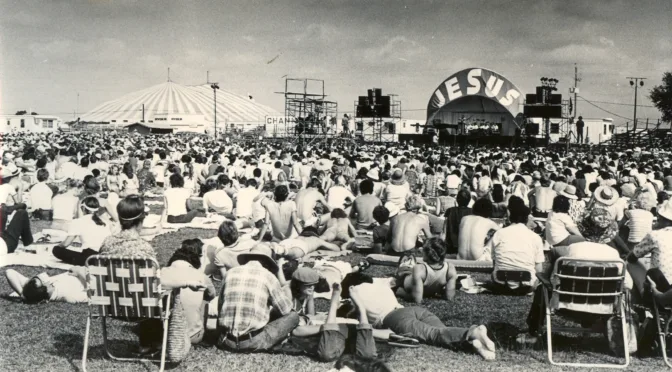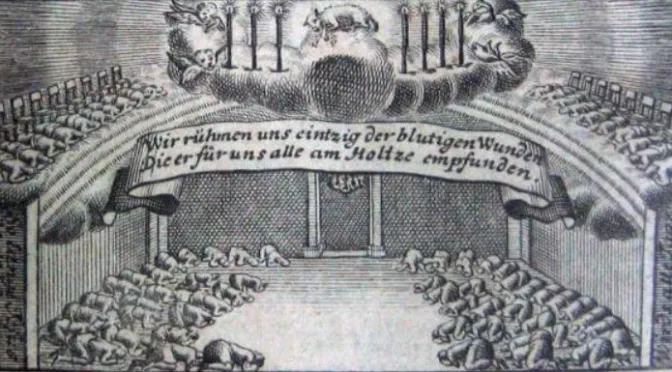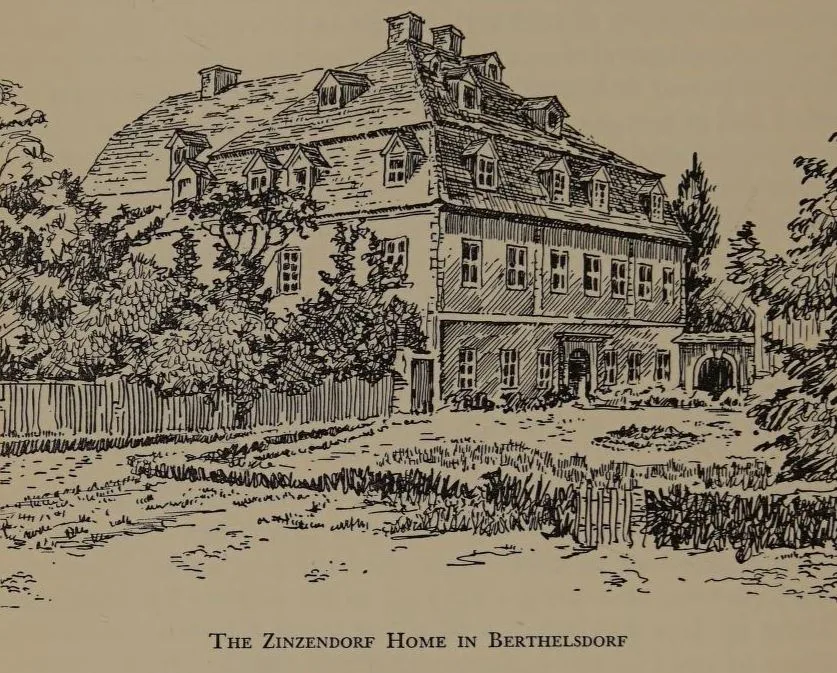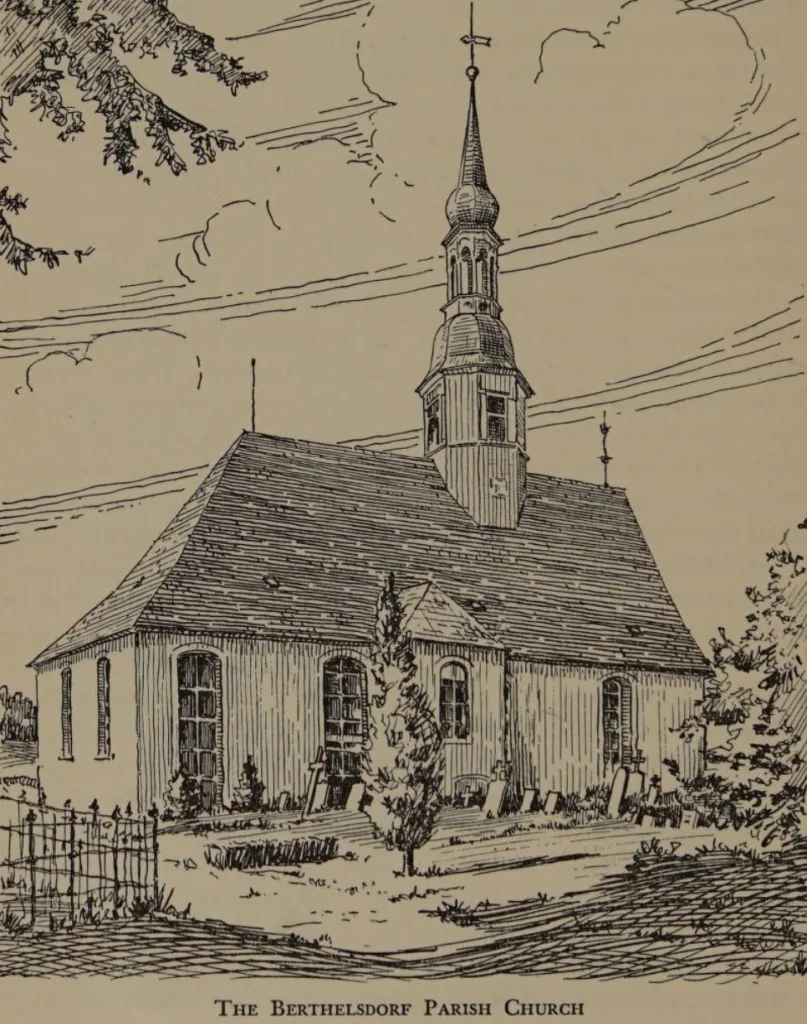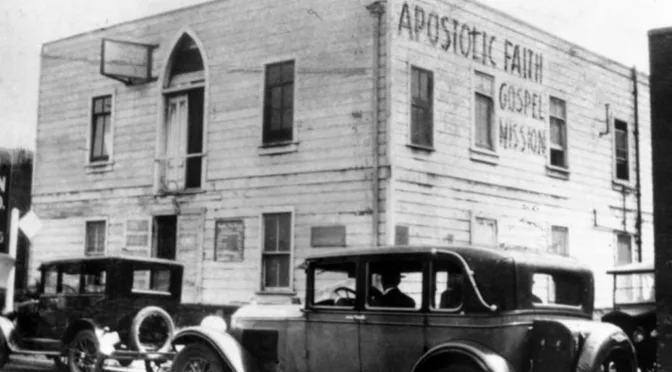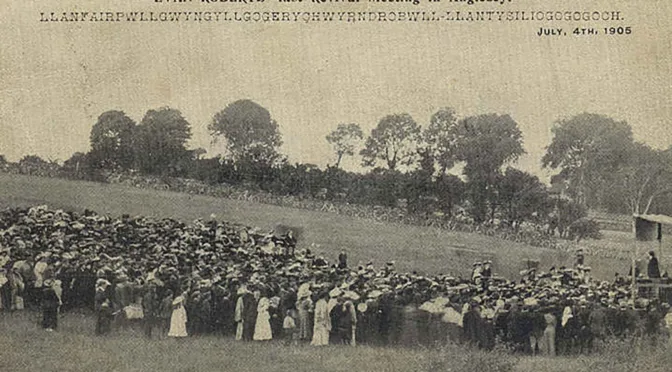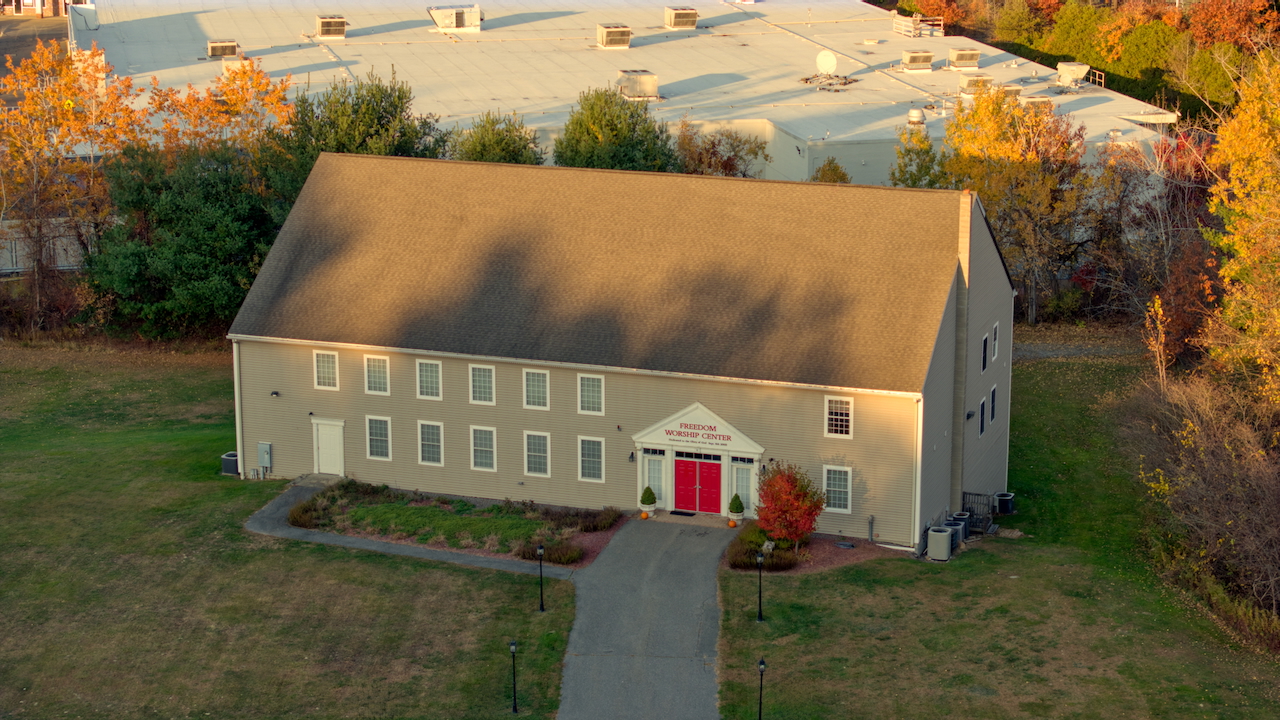Analyzing the revivals covered in these articles—The Northampton Revival, The Second Great Awakening, The Welsh Revival, The Azusa Street Revival, The Moravian Revival, and The Hebrides Revival—reveals consistent principles that ignite revival and sustain its effects. Across history, while each revival is unique, there are striking similarities in the way God moves among His people and what is required to sustain His work. Here’s an overview:
What Causes Revival?
1. Fervent, Persistent Prayer
Every revival began with a small group of believers who were deeply committed to prayer. Whether it was the elderly sisters of the Hebrides, the prayer groups in Northampton, or the 100-year prayer chain of the Moravians, prayer was the catalyst that invited God’s Spirit to move. This aligns with the promise of 2 Chronicles 7:14: “If My people… humble themselves, and pray and seek My face…”.
- Prayer was not casual or secondary; it was desperate, persistent, and often around-the-clock. Revival begins when God’s people take Him at His Word and cry out for His presence.
2. Hunger for God and Holiness
A deep hunger for God and a recognition of spiritual need were present in all these revivals. Leaders and participants felt burdened by sin and spiritual apathy, which drove them to repentance and a renewed pursuit of holiness. Revival occurs when people acknowledge their dependence on God and desire His righteousness above all else.
- Psalm 24:3-4 was central in many movements: “Who may ascend onto the mountain of the Lord?… He who has clean hands and a pure heart.”
3. Unity Among Believers
Disunity hinders revival. Before the Moravian Revival began, the fractured Herrnhut community reconciled their differences and committed to love and unity. Similarly, the Welsh Revival transcended denominational lines, and Azusa Street broke racial and social barriers.
- Revival often comes after believers humble themselves, forgive one another, and commit to unity. Psalm 133:1 reminds us: “Behold, how good and how pleasant it is for brothers to dwell together in unity!”
4. Bold, Spirit-Led Preaching
In nearly every revival, Spirit-filled preaching played a pivotal role. Jonathan Edwards’ sermons in Northampton, Charles Finney’s bold messages during the Second Great Awakening, and Duncan Campbell’s Spirit-led preaching in the Hebrides deeply convicted hearts. These messages focused on repentance, salvation, and the beauty of Christ.
- Preaching that relies on the Holy Spirit rather than human wisdom pierces hearts. 1 Corinthians 2:4: “My message and my preaching were not in persuasive words of wisdom, but in demonstration of the Spirit and of power.”
5. The Sovereignty of God
A common thread is the undeniable sovereignty of God in revival. While prayer, preaching, and unity are important, revival ultimately happens because God chooses to move. His Spirit brings conviction and transformation, often in ways no one can predict or control.
- This is especially evident in movements like the Hebrides Revival, where people were convicted spontaneously, even in fields or workplaces.
What Sustains Revival?

1. Continuous Prayer
Revival cannot last without persistent prayer. The Moravian Revival’s 100-year prayer chain illustrates this perfectly. Similarly, in the Hebrides, prayer meetings continued nightly, fueling the ongoing work of the Spirit.
- Revival fades when God’s people stop seeking Him. Prayer keeps hearts tender and focused on God’s mission. 1 Thessalonians 5:17: “Pray without ceasing.”
2. Commitment to Holiness and Repentance
Revivals that lasted emphasized personal holiness and ongoing repentance. The Welsh Revival, for example, stressed confession of sin and obedience to the Holy Spirit. Sustained revival requires believers to remain vigilant against sin and continually seek God’s sanctifying work.
- 1 Peter 1:16: “Be holy, because I am holy.”
3. A Missional Mindset
Revivals that endure often produce a strong missionary impulse. The Moravian Revival birthed global missions, and the Azusa Street Revival sent missionaries worldwide. When believers focus outward—sharing the Gospel and serving others—the revival spirit continues.
- Revival that turns inward or becomes self-serving will fade. Jesus’ command in Matthew 28:19 to “Go therefore and make disciples of all the nations” remains central.
4. Unity in the Body of Christ
Division quenches revival. Revivals that lasted fostered unity among believers, often transcending denominational, racial, or social boundaries. The Azusa Street Revival exemplified this unity, with people from all backgrounds worshiping together.
- Sustained revival requires believers to maintain humility, love, and unity. Ephesians 4:3: “Make every effort to keep the unity of the Spirit through the bond of peace.”
5. God-Dependent Leadership
Revivals are often sparked by humble leaders who point people to God, not themselves. William J. Seymour (Azusa Street) and Duncan Campbell (Hebrides) were examples of leaders who emphasized the sovereignty of God and the work of the Holy Spirit, not their own efforts.
- Revival fades when leaders seek personal glory or rely on human strategies rather than the Spirit. Zechariah 4:6: “Not by might, nor by power, but by My Spirit,” says the Lord of hosts.
Summary: The Causes and Continuation of Revival
What Causes Revival?
- Persistent, fervent prayer.
- Hunger for God and holiness.
- Unity among believers.
- Spirit-filled preaching.
- God’s sovereign work.
What Sustains Revival?
- Continuous prayer and intercession.
- Ongoing repentance and pursuit of holiness.
- A missional focus to spread the Gospel.
- Unity and humility within the church.
- God-centered leadership that depends on the Spirit.
A Final Call to Seek Revival
The consistent threads across these historical revivals remind us that revival is both a gift from God and a response to the faithfulness of His people. Prayer, repentance, unity, and a commitment to His mission prepare the soil, but it is the Spirit of God who brings the harvest. As we look to these past movements of God, may we be inspired to seek His face and pray for a fresh outpouring of His Spirit in our time.
Prayer
Heavenly Father,
We come before You with humble hearts, seeking Your face. We long for Your presence to fill our lives, our churches, and our communities. Forgive us, Lord, for the sins that have kept us from You—cleanse our hearts and make us holy.
Stir within us a deep hunger to know You more and to walk in Your ways. Unite us as Your people, casting aside divisions, so that we may glorify You together. We ask for a fresh outpouring of Your Spirit, Lord. Please come and move among us as You have in the past. Let Your glory fall, and may revival begin in our hearts today.
In Jesus’ name, we pray, Amen.


